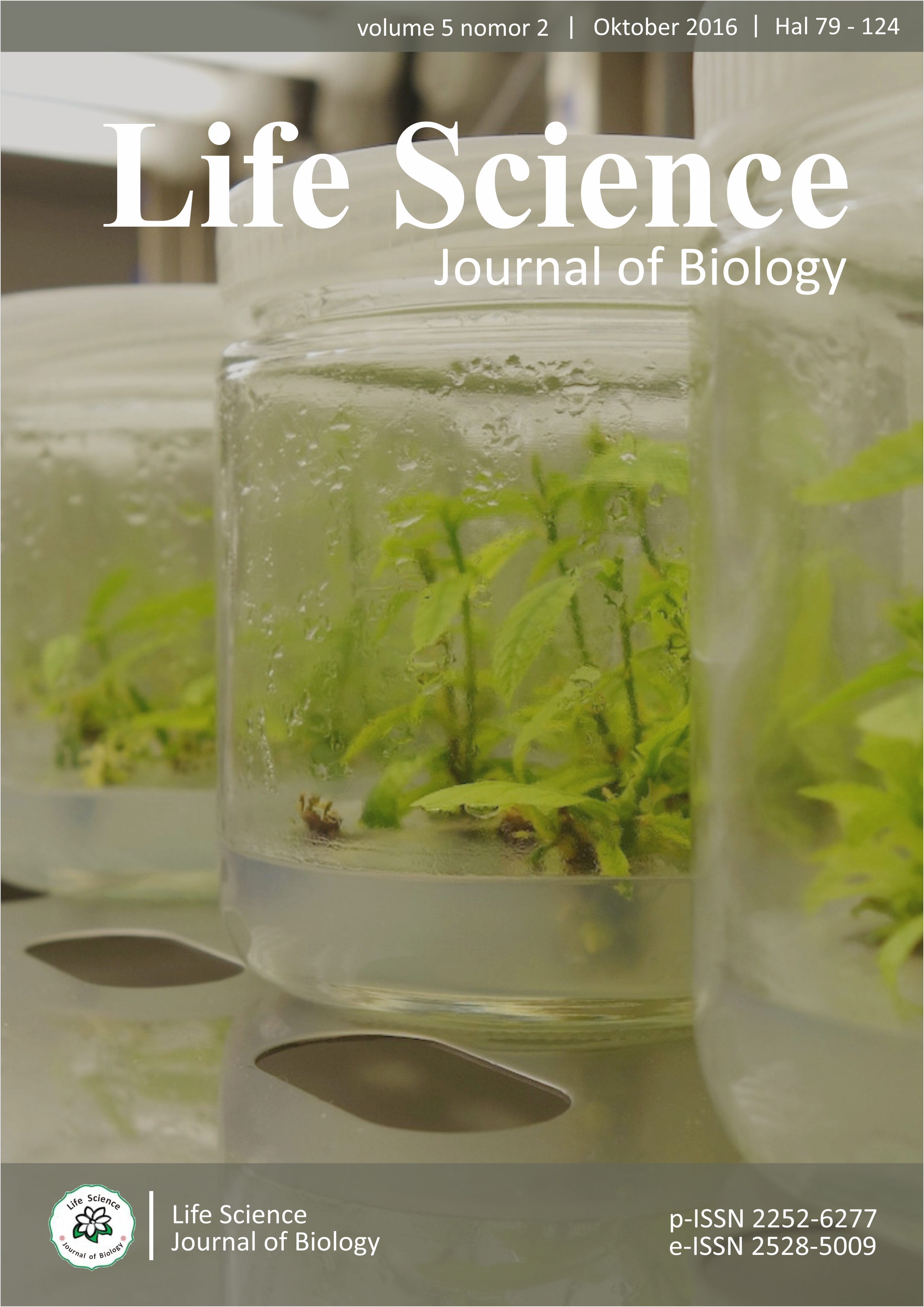Estimasi Stok Karbon Mangrove di Dukuh Tapak Kelurahan Tugurejo Kota Semarang
Main Article Content
Abstract
Peningkatan gas-gas efek rumah kaca sebagai hasil berbagai aktivitas manusia dapat menyebabkan terjadinya pemanasan global. Salah satu dampak dari pemanasan global yaitu perubahan iklim. Salah satu upaya yang dapat dilakukan untuk mengurangi dampak tersebut adalah meningkatkan peran mangrove sebagai penyerap karbon. Penelitian ini bertujuan untuk menentukan kandungan stok karbon pada tegakan mangrove dan C-organik pada sedimen mangrove. Metode sampling yang digunakan dalam penelitian ini adalah metode purposive sampling untuk menentukan enam stasiun penelitian, sampel diambil sekali tanpa pengulangan. Analisis C-organik menggunakan metode Spektrofotometri. Hasil penelitian menunjukan mangrove di Dukuh Tapak memiliki kandungan biomassa sebesar sebesar 1507,91 ton/ha, stok karbon sebesar 708,2 ton C/ha, dan mampu menyerap CO2 sebesar 2598,65 ton/ha. Pola hubungan antara kerapatan dengan biomassa, biomassa dengan stok karbon, dan stok karbon dengan serapan CO2 menunjukkan adanya tiga macam persamaan yang memiliki nilai korelasi (R) yang positif yaitu sebesar 0,67, 1,00, dan 1,00. Jenis sedimen pada penelitian ini yaitu lumpur berpasir dengan rata-rata C-organik sedimen mangrove sebesar 4,4 %. Simpulan dari penelitian ini adalah kandungan stok karbon mangrove di Dukuh Tapak lebih tinggi dari penelitian stok karbon di pulau Kemujan TN. Karimunjawa dan kandungan C-organik sedimen mangrove di Dukuh Tapak termasuk dalam kriteria tinggi.
The enhancement of gases greenhouse effects as a result of human activities contribute to global warming. One of the effects of global warming is the climate change. One of the efforts which should be made to reduce these impacts is improve the role of mangroves as carbon sinks. The purpose of this study is to determine the content of carbon stock in mangrove stands and C-organic in mangrove sediments. The sampling method used in this research was purposive sampling method, in order to determine the six research stations, samples were taken once without repetition. C-organic analysis using spectrophotometry method. The results showed that mangrove in Tapak hamlet has a biomass content of at 1507.91 tons/ha, the carbon stock of 708.2 tons C/ha and capable of absorbing CO2 of 2598.65 tons/ha. The pattern of the relationship between the density of the biomass, the biomass carbon stock and carbon stock with CO2 uptake showed three kinds of equations that has a value of correlation (R) were positive in the amount of 0.67, 1.00, and 1.00, respectively. The sediment type in this study is sandy mud with an average C-organic mangrove sediments of 4.4 %. The conclusion of this research is the content of carbon stocks in Tapak hamlet mangrove is igher than the carbon stock research on the Kemujan island TN. Karimunjawa and the content of C-organic mangrove sediments in Tapak hamlet is in the high criteria.


